Fashion History At The Costume Museum Of Canada
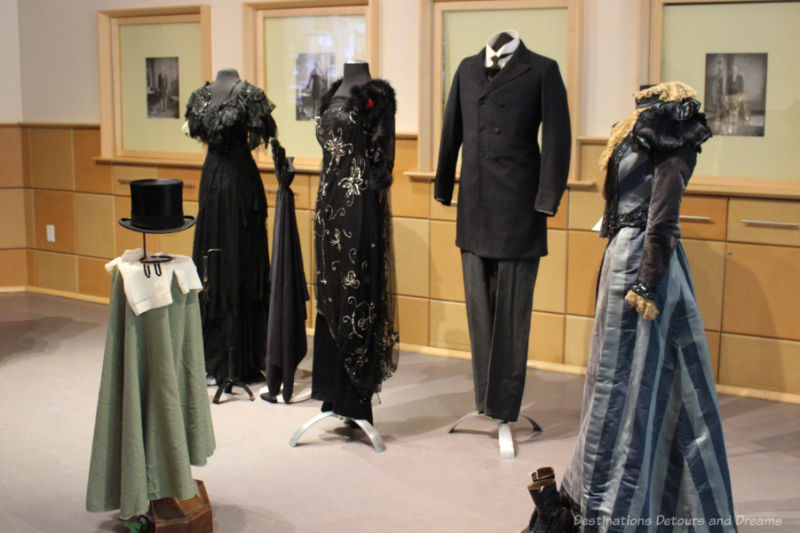
The Costume Museum of Canada in Winnipeg, Manitoba, celebrates the link between fashion and history and culture through pop-up exhibits
It can be fun to see displays of fashion history. It’s interesting to see the bizarre, the beautiful, and the practical. If you look deeper than the fabrics and patterns, you can see how the customs and experiences of the era influenced the clothes people wore. The Costume Museum of Canada in Winnipeg, Manitoba, Canada celebrates that link between fashion and culture and history with costumes worn by Canadians over the decades.
Without a large permanent museum space to showcase its collection of 35,000 artifacts, the museum stages a variety of themed pop-up exhibits. These exhibits are interesting not only for their look into fashion history, but for the insight into the social history that has influenced those fashion looks.
Costume Museum of Canada History
The museum had its roots in Dugald, Manitoba, a small community located about 25 minutes west from downtown Winnipeg. In 1953, the Dugald’s Women’s Insititute organized a fashion show contrasting past styles with contemporary ones. Fashion shows continued over the following years. The many “treasures” discovered in attics and closets led to the opening of the Dugald Costume Museum in 1983.
In 2007, the museum was relocated to Winnipeg. In 2010, it closed its permanent space and began making its collection available to the public via pop-up exhibits.
Operating the Museum
The Costume Museum of Canada is a membership organization with a volunteer board. Volunteers assist in all aspects of the museum. Many of their exhibits are made possible through special grants. Many grants have come from The Winnipeg Foundation. A 2022 exhibit about fashion during pandemics received funding from the Government of Canada.
A few years ago, I had the opportunity to meet a few of the dedicated volunteers and learn more about the museum and its behind-the-scenes operations. Read about it in my post Behind the Scenes at the Costume Museum of Canada.
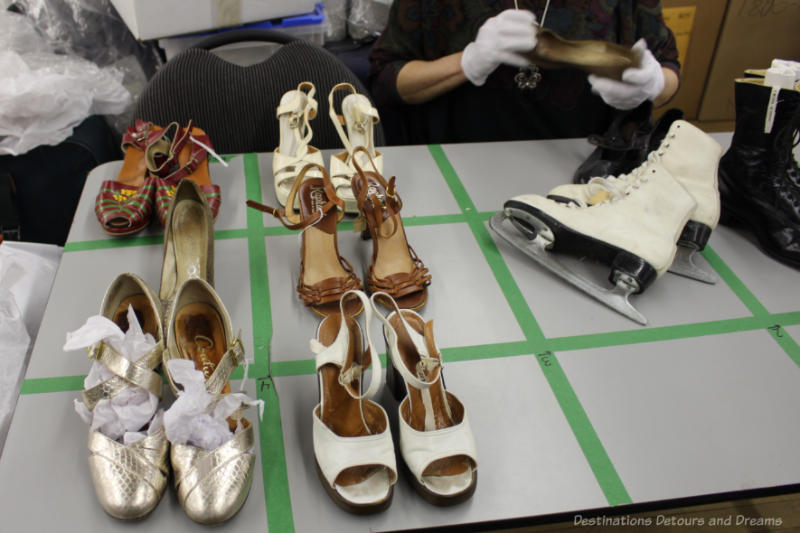
Volunteers are present at each of their exhibits to provide additional information about the items on display. At each exhibit I’ve seen, I’ve been impressed with the knowledge of these volunteers.
Costume Museum of Manitoba Collection
The museum’s collection of 35,000 artifacts includes men’s, women’s, and children’s clothing and accessories. The vintage of items is determined by information provided by the donor and through research. They are carefully wrapped in acid-free tissue paper and stored in archival boxes.
The collection contains a broad range of styles and vintages. One of the earliest artifacts in their collection is a blue and white silk taffeta dress with matching shoes from around 1765. A sampling of other items in their collection includes a Norman Hartwell wedding dress which was never worn because the wedding was called off, a typical suffragette dress, a tuxedo that belonged to Winnipeg’s 1907 and 1908 mayor, flapper dresses, and a 1968 silver metal mini-dress.
The volunteer at a recent exhibit told me they have very few items from later than the 1990s and suggested they may need to start looking at acquiring a few more recent items. However, the museum is very judicious about what items it adds to its collection. There is a cost to storing and conserving items, in paying for both storage space and curatorial packing supplies. It can be challenging for them to accept costume donations. Items with historical significance, that illuminate the history of an era, and that fill a gap in the collection are most likely to be accepted. Any financial contribution to offset conservation costs helps.
Costume Museum of Manitoba Exhibits
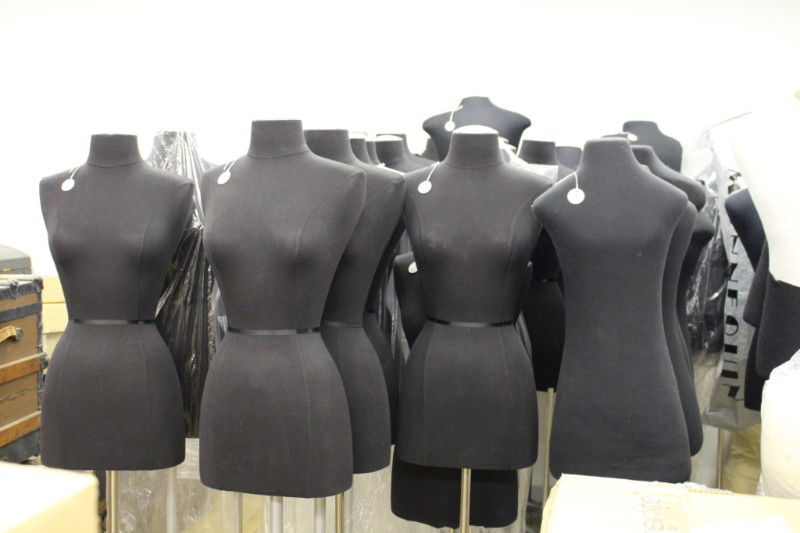
Exhibits are centered around a theme. Volunteers identify items from the collection appropriate for the theme. The items are taken out of storage, placed on headless mannequins the volunteers call Judys and Jims, steamed, and set up in the exhibit space.
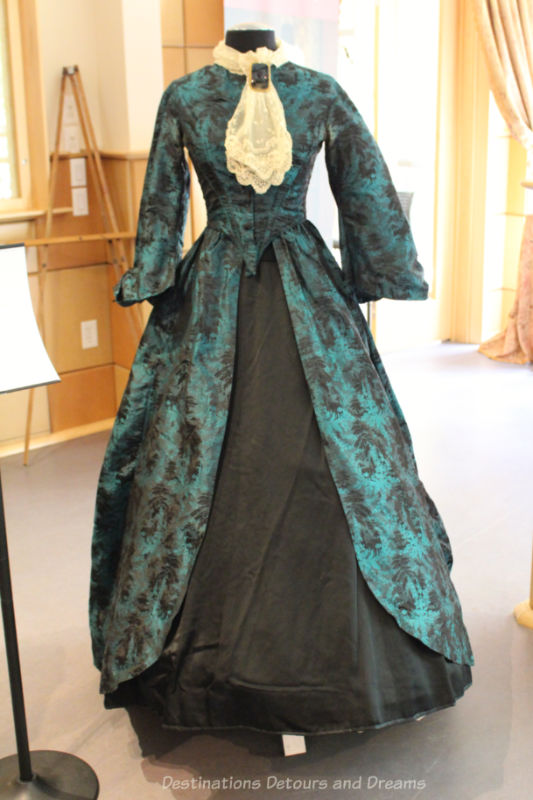
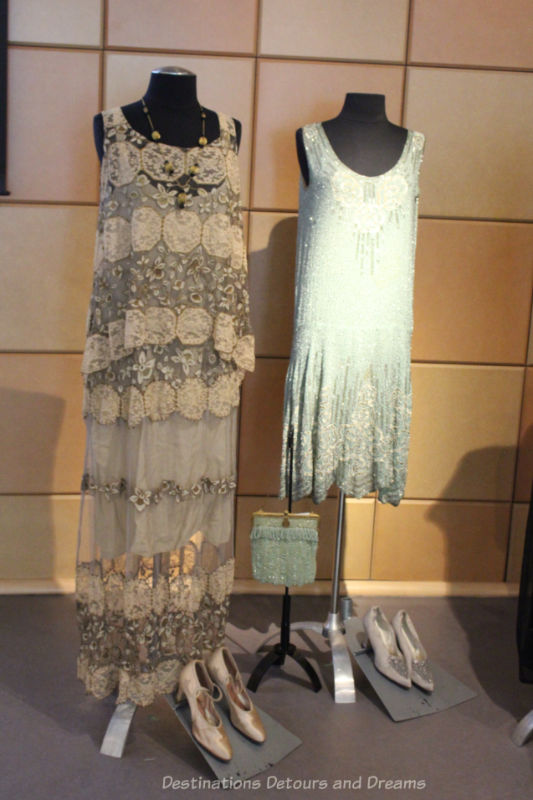
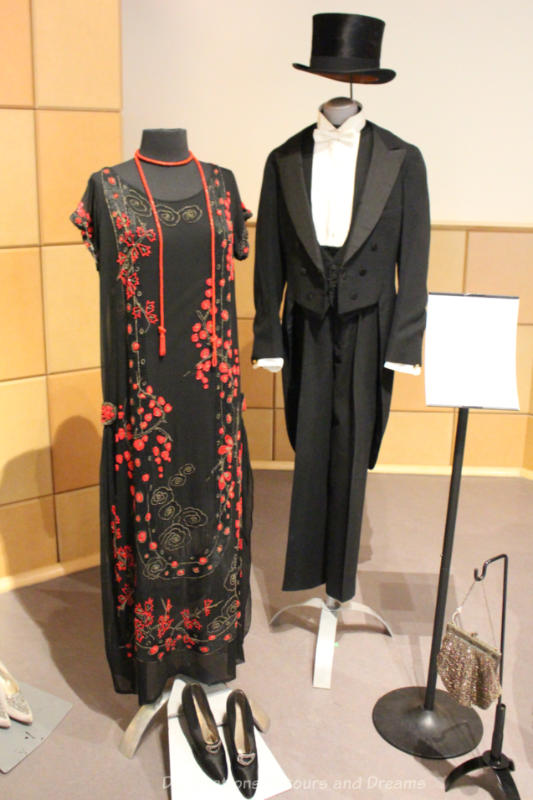
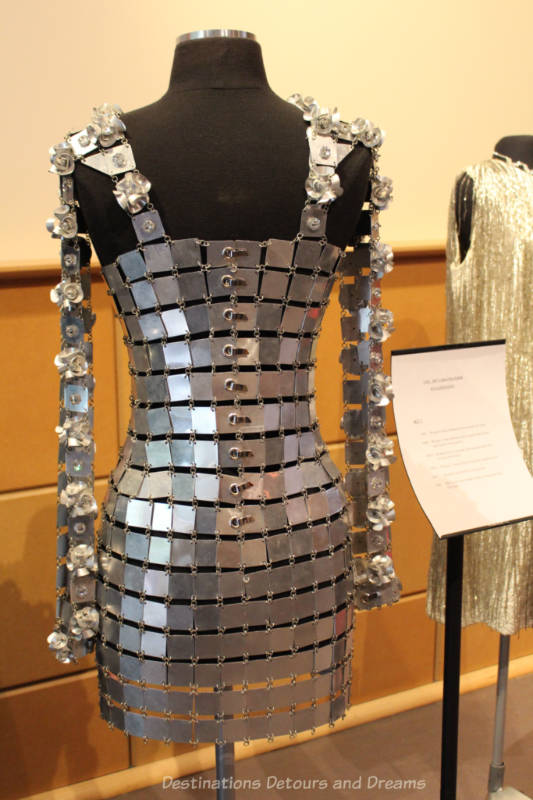
The Eve of Elegance, one exhibit I attended, celebrated dressing up for New Year’s Eve across the decades. Among other attire, it included an 1850s opera gown, flapper dresses, a 1950s dress with a crinoline underneath, and avant-garde 1960s wear.
While the themes may focus on a particular aspect of fashion, the shows usually go beyond the fashion to examine the social and historical factors that influenced fashion. Therefore, the shows also provide a look into the eras associated with the pieces. I will illustrate with a few more examples from some of the exhibits I’ve attended and written about.
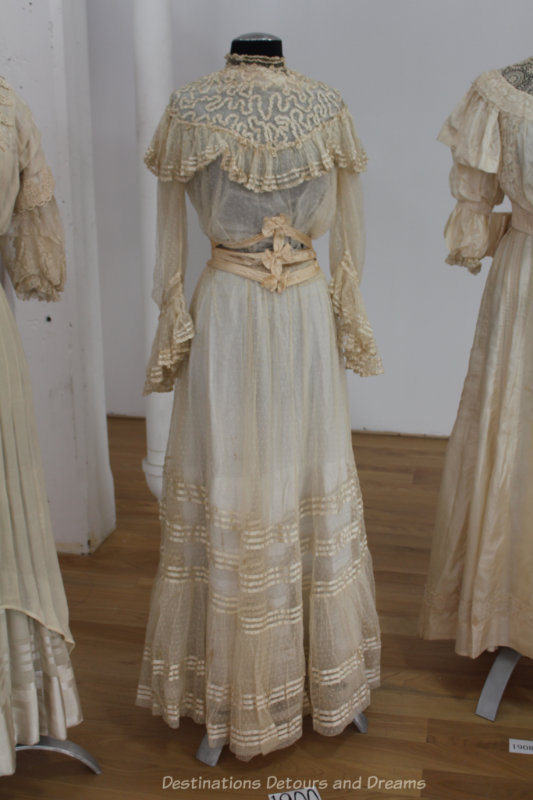
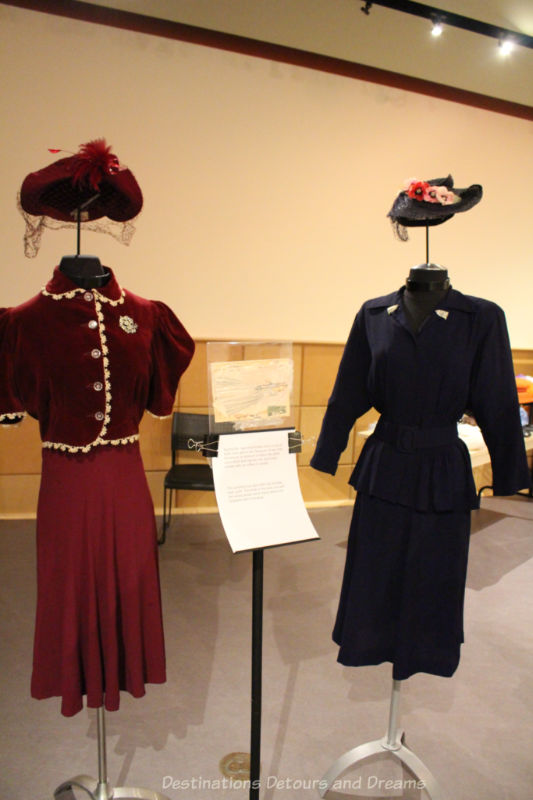
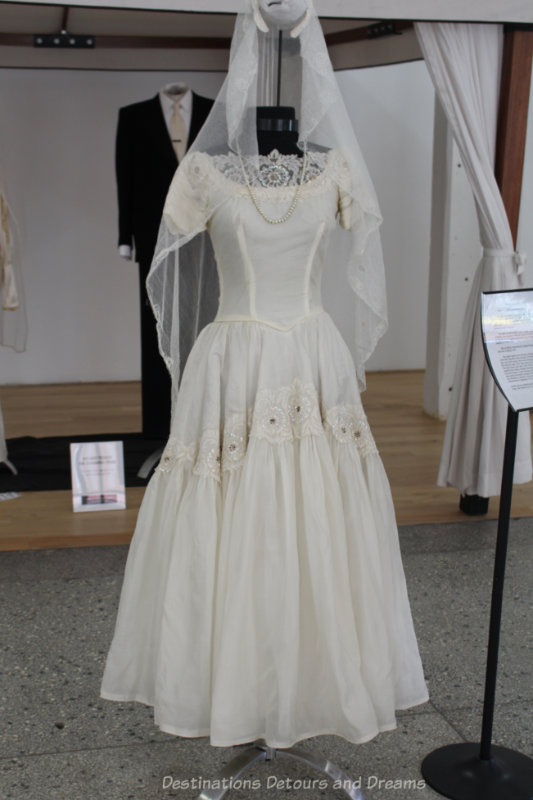
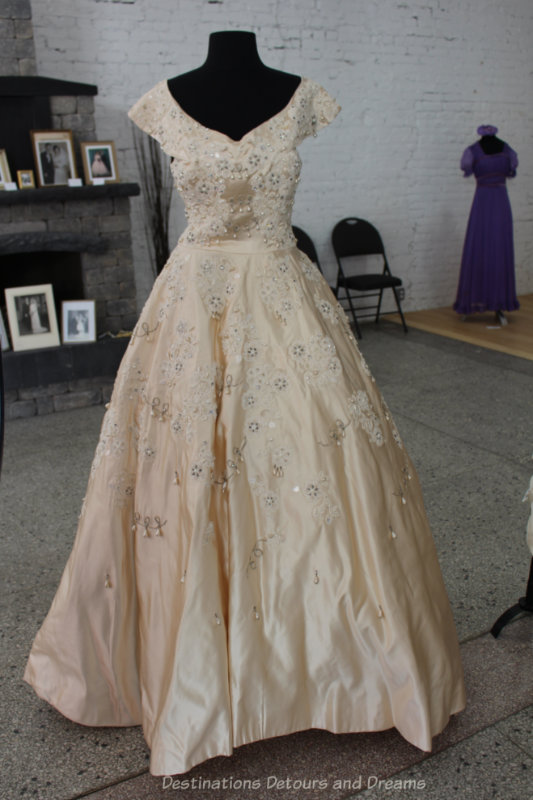
Weddings: An Invitation to the Past focused on wedding attire. It showed Queen Victoria’s influence on wedding dresses of that era. In World War II, a time of austerity and limits on fabric that could be used, many women chose coloured dresses or suits that could be worn to other occasions. Style of more traditional dresses were simple with few ruffles and pleats to limit the amount of fabric used. In the return to civilian life and relative prosperity in the 1950s, glamour and fancy styles returned.
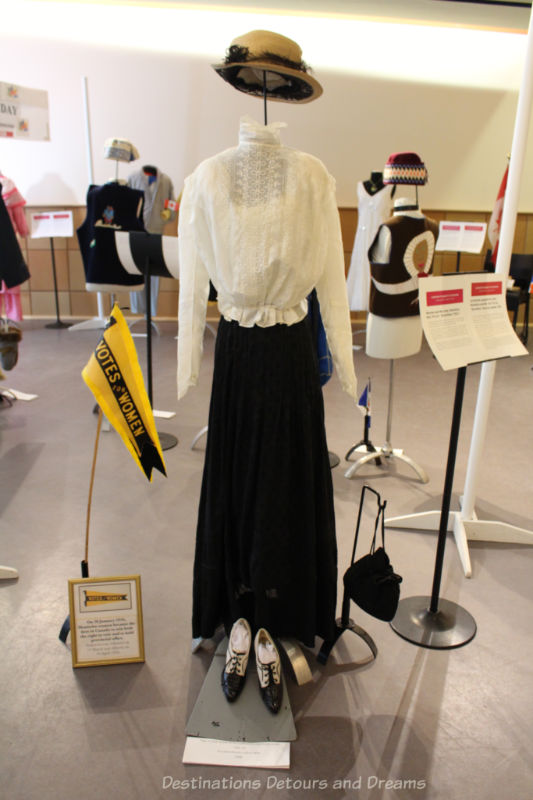
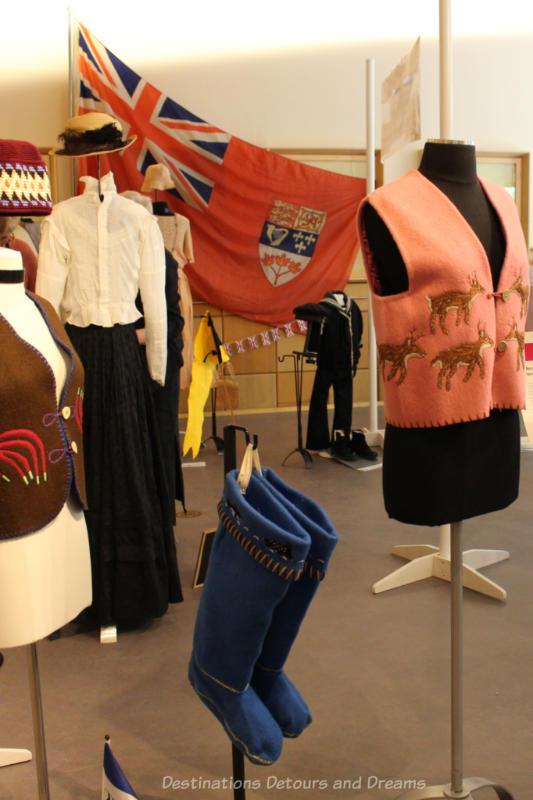
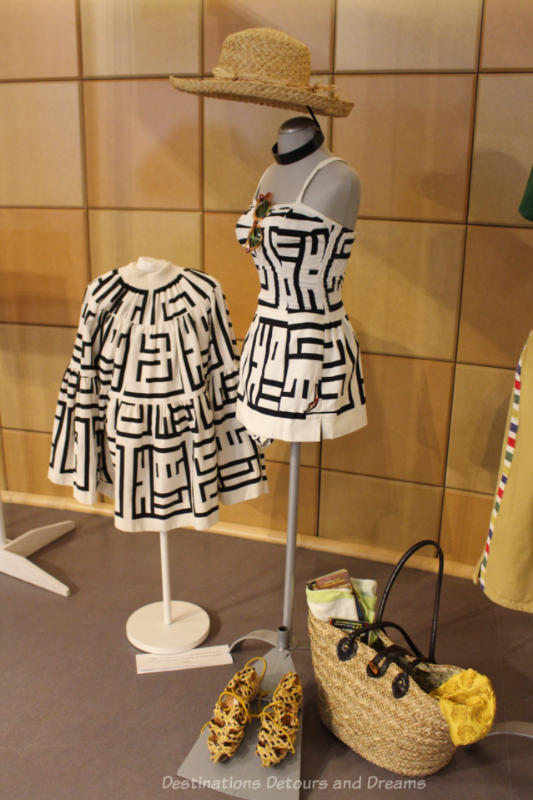
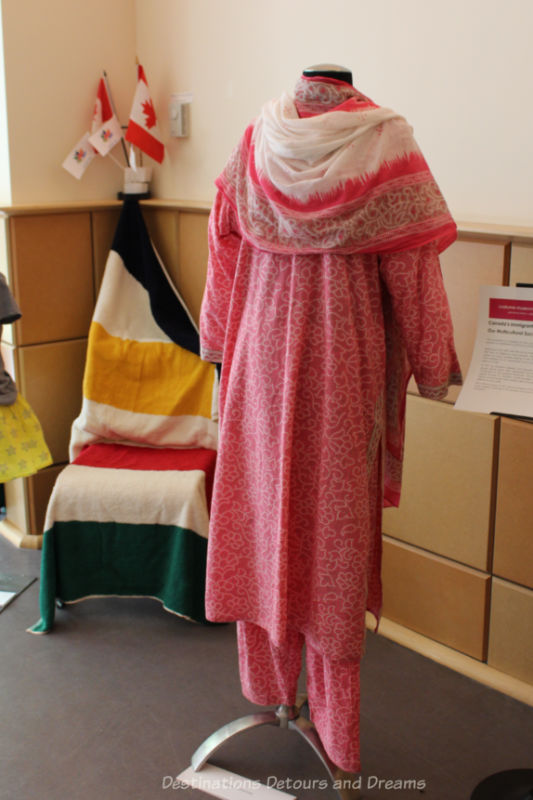
Staged in 2017, 150 years after the forming of the Dominion of Canada, the Canada 150 exhibit focused on clothing people might have worn to July 1 celebrations and parades over those 150 years. It touched on a variety of things within Canada’s history, such as the suffragette movement, the baby boom generation, the creation of Canada’s newest territory, Nunavut, in 1999, and the impact of immigrants and new Canadians.
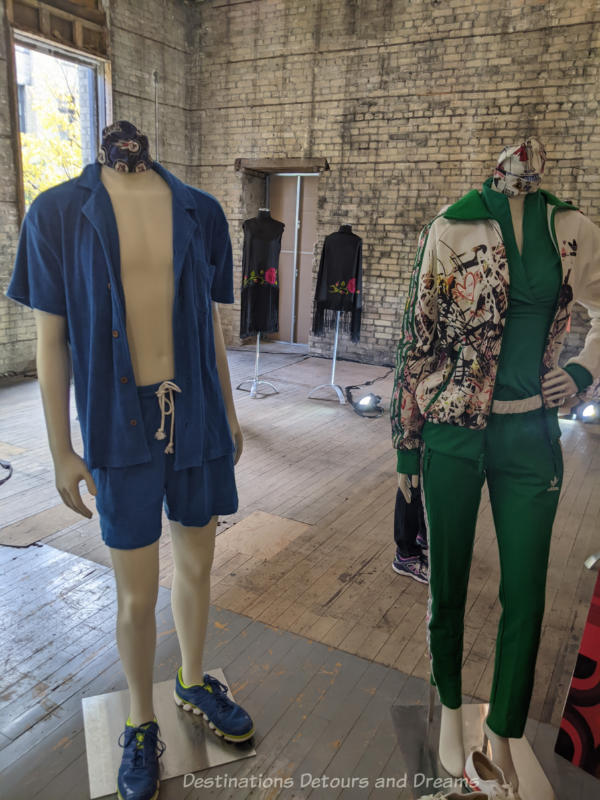
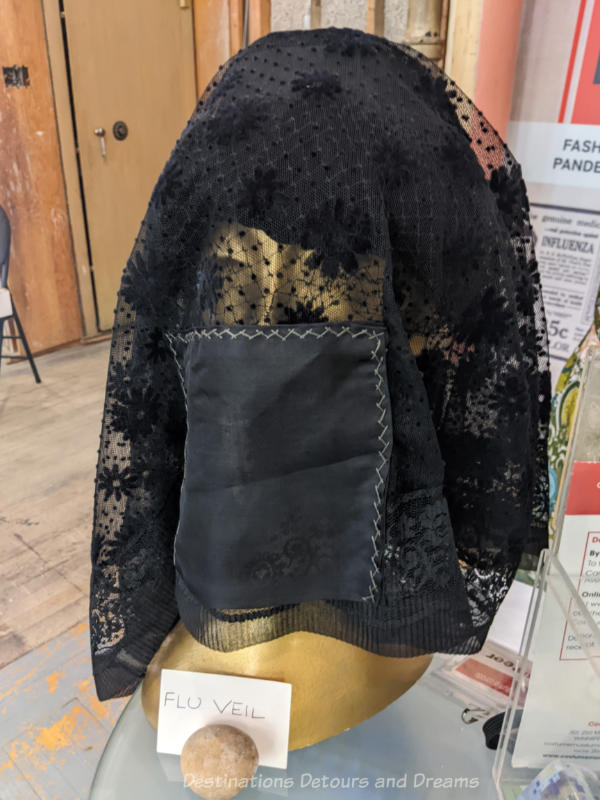
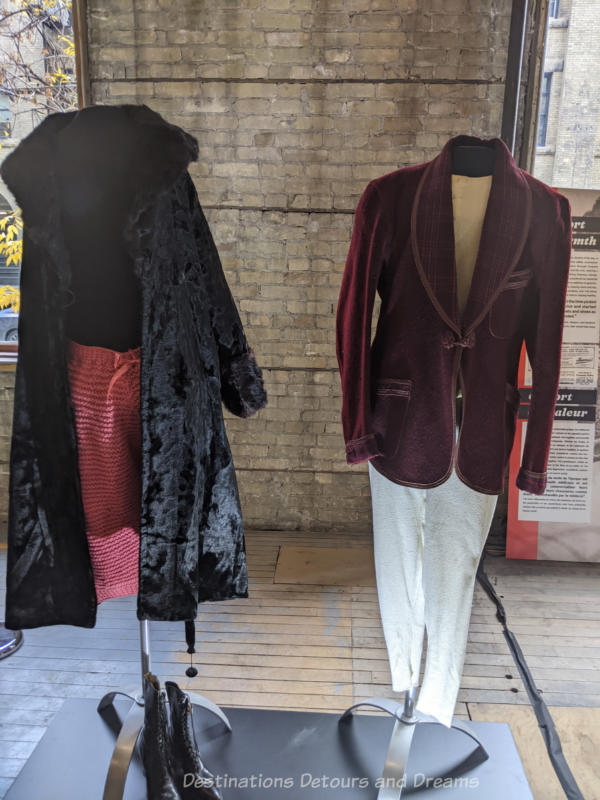
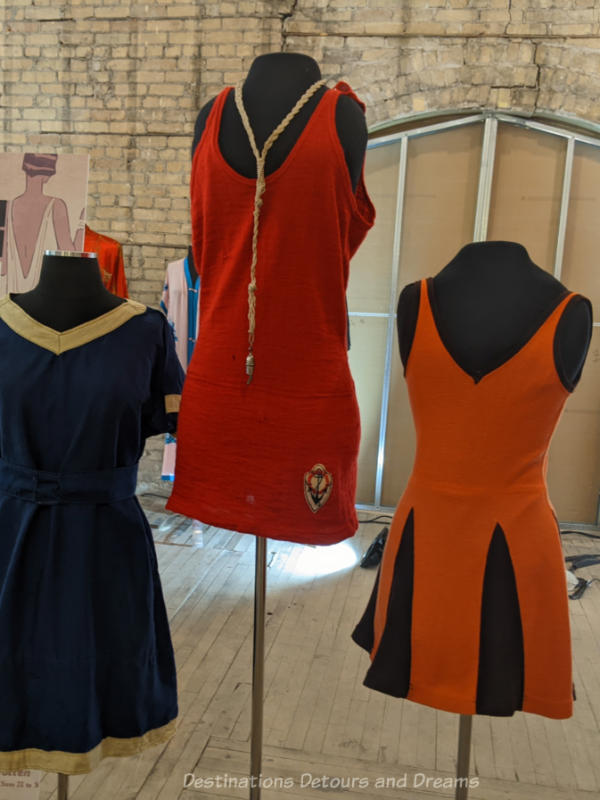
The Viral Fashion exhibit examined the impact of two pandemics on fashion: the 1918-1920 Spanish influenza pandemic and the recent COVID-19 pandemic. Masks and other clothing reflected thinking at the time. COVID-19 lockdowns and stay-at-home orders saw the rise of leisure wear. Emphasis of the health benefits of fresh air and sunshine during the influenza pandemic saw clothing manufactures market their coats as “doctor approved” and ultimately led to a change in swimsuit styles to expose more skin to sunlight.
Costume Museum of Canada Programs
The Costume Museum of Canada offers a number of other programs in addition to their exhibits. The Heritage Fashion Revue and the Hat Show are fun shows appropriate for a variety of events. Educational programs bring the museum into school classrooms. Contact the museum to book any of these programs. Note that their ability to offer them depends largely on the availability of their volunteers. I’ve included a bit more of the programs below.
Fun Fashion History
History comes to life with the Heritage Fashion Revue, a fashion show staged by volunteer models wearing replicas of garments held in the museum collection. The show can be staged for a variety of audiences including, conventions, teas, community celebrations, and corporate events.
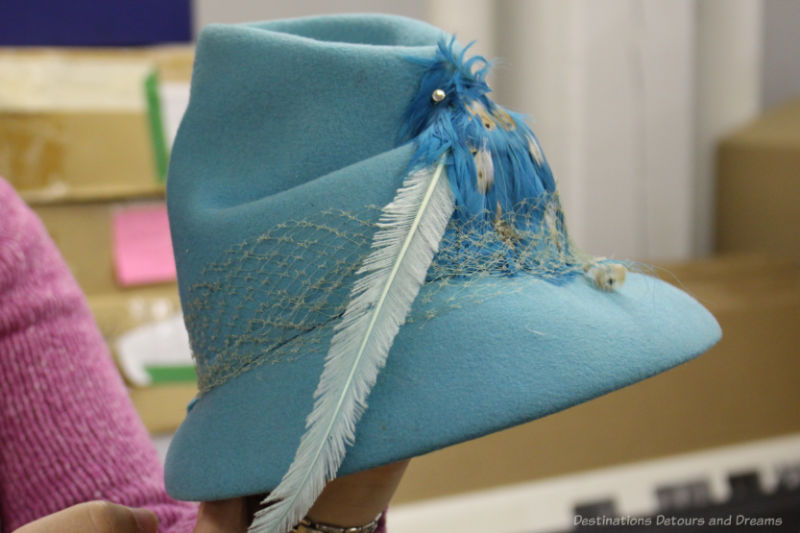
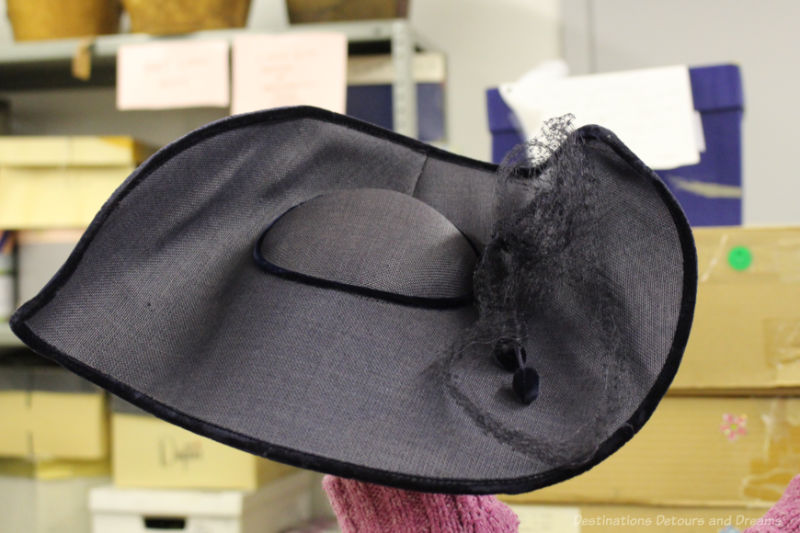
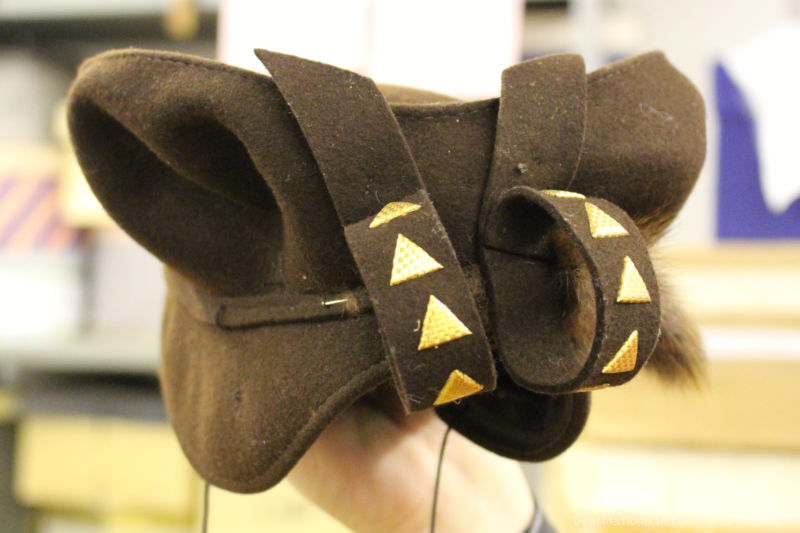
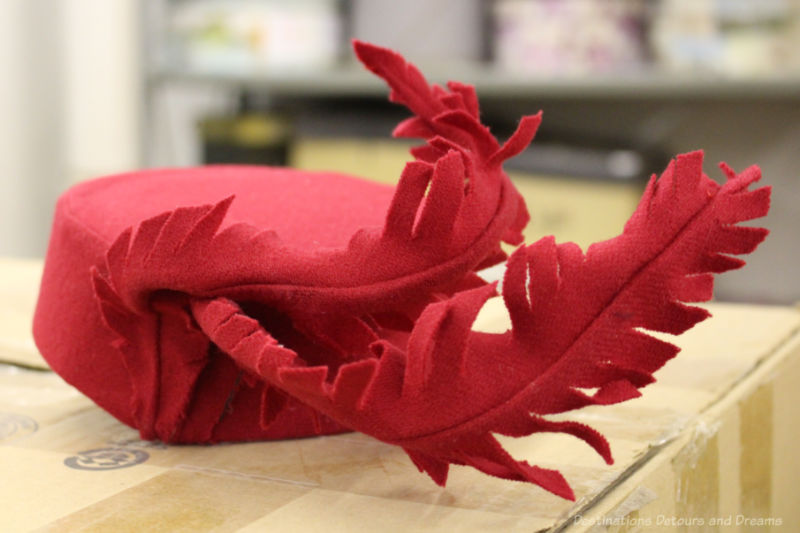
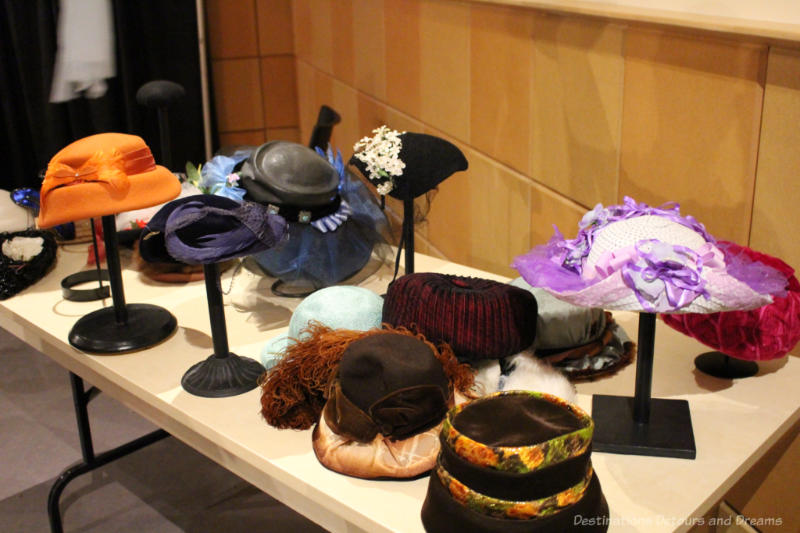
The hour-long Hat Show, which features men’s and women’s original and replica hats from the Museum’s collection accompanied by commentary, can be tailored to meet the needs of a group or event.
Educational Programs
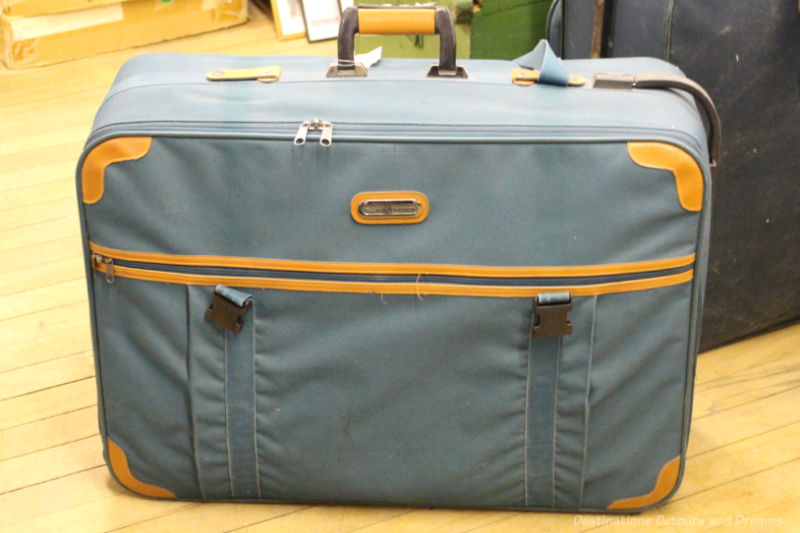
The suitcase in the Museum in a Suitcase program contains textile and clothing historical artifacts that encourages an appreciation of the objects and their stories.
Discovery Cases is a social science program for large or small groups in French or English that follows the history of European settler’s clothing and lifestyle in Canada around the turn of the 20th century.
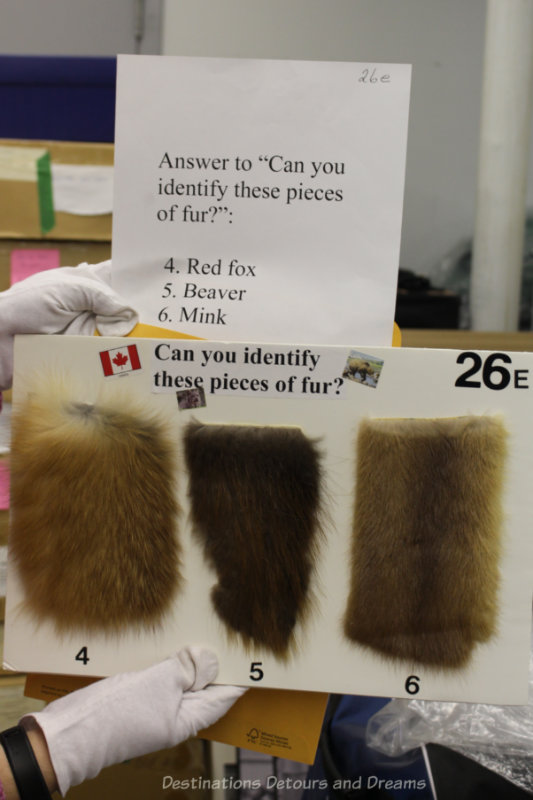
Fur: The Fabric of a National, another social science program, focuses on the history of the fur trade and includes samples of various furs.
Fibre to Fabric is an interactive science program exploring the five major sources of textile fibre used today: wool, cotton, linen, silk, and synthetics.
Visiting the Costume Museum of Canada
The Costume Museum does not have a typical permanent museum space. However, smaller exhibits can be viewed in the front area of its office space at 410–70 Arthur Street. The theme and content of these displays change every couple of months. The space is typically open two afternoons a week. Check the website for current hours. That space is also usually open to the public on First Fridays in the The Exchange, a free event when galleries, studios, museums, and shops in The Exchange District stay open late on the first Friday of the month.
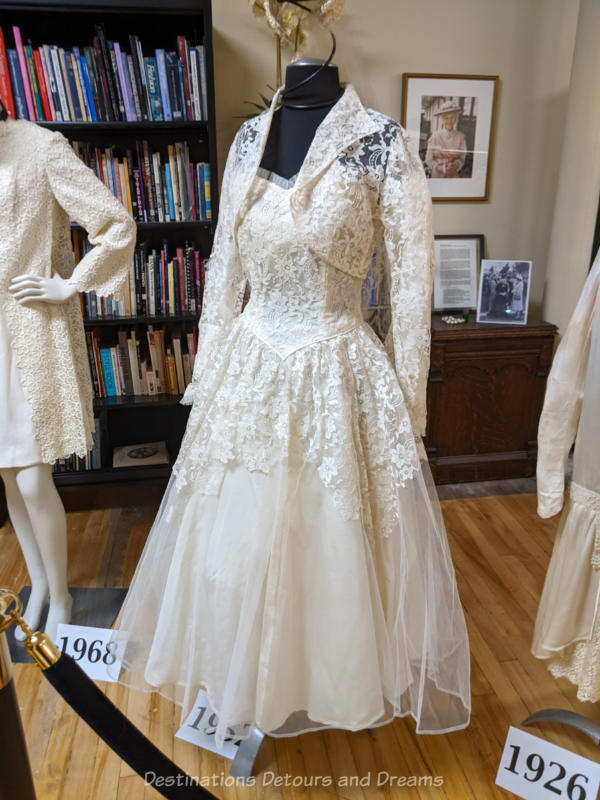
The Costume Museum also schedules themed pop-up exhibits from time to time in various locations. Check their website. There is also a small chance you might run into a costume exhibit at another event. As an example, in fall 2022 the museum put together a small exhibit of 1950s dresses to display at Manitoba Opera’s airing of their mid-twentieth-century variation of the fairy tale Cinderella.
The Costume Museum has a Facebook page and an Instagram page. Videos on their TikTok channel show preparations for shows and information about specific items in their collection. You may want to keep an eye open for their occasional vintage sales.
Never miss a story. Sign up for Destinations Detours and Dreams free monthly e-newsletter and receive behind-the-scenes information and sneak peeks ahead.
PIN IT

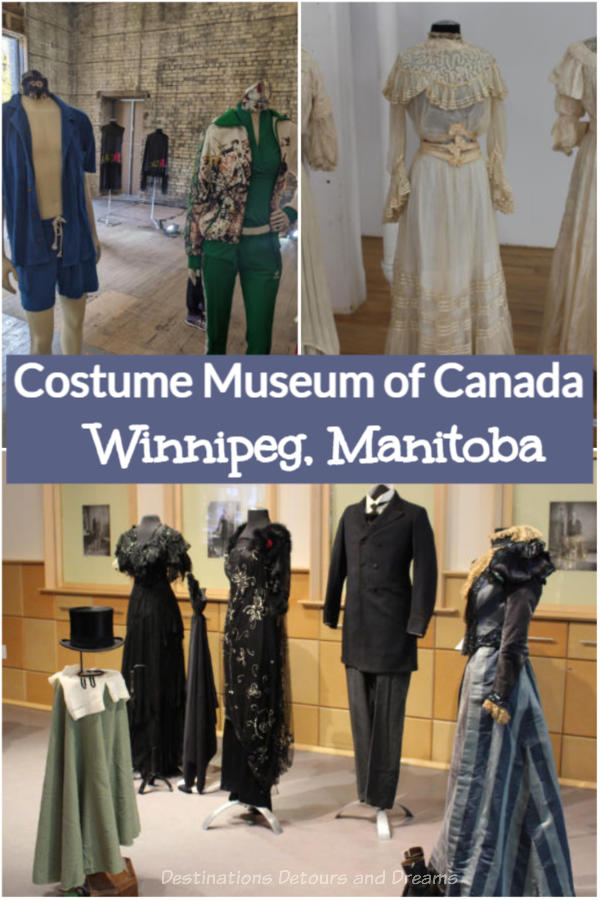
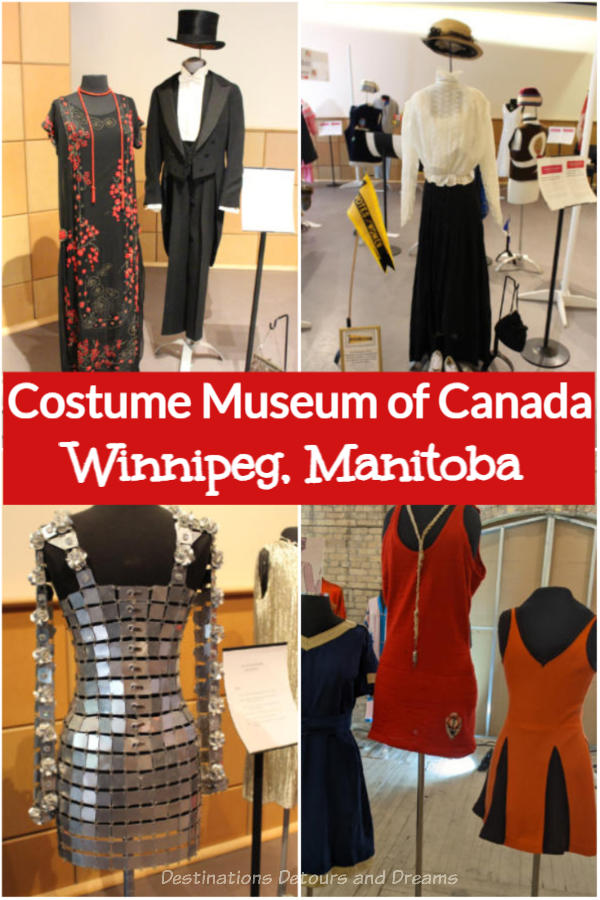

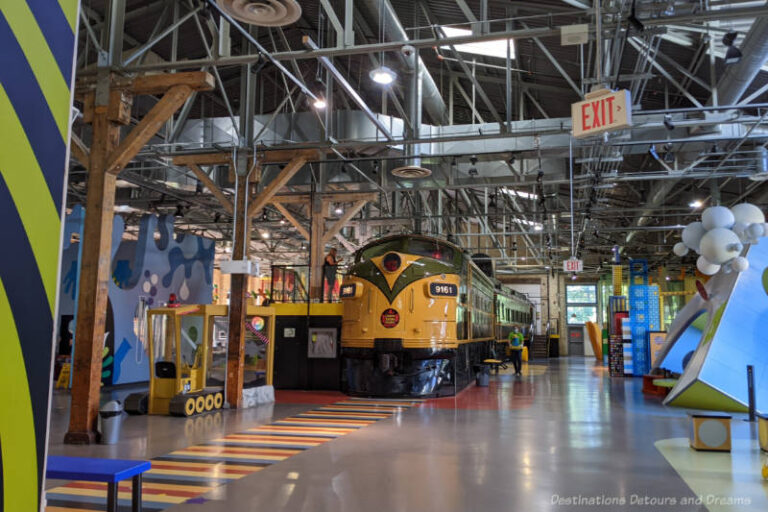
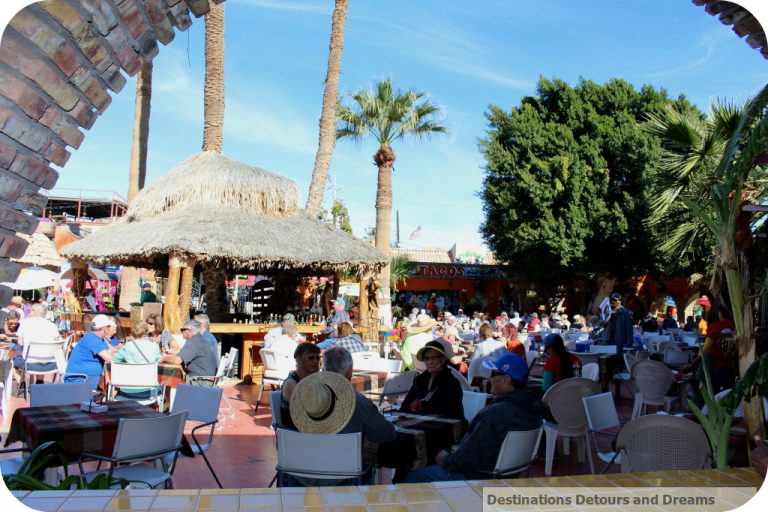
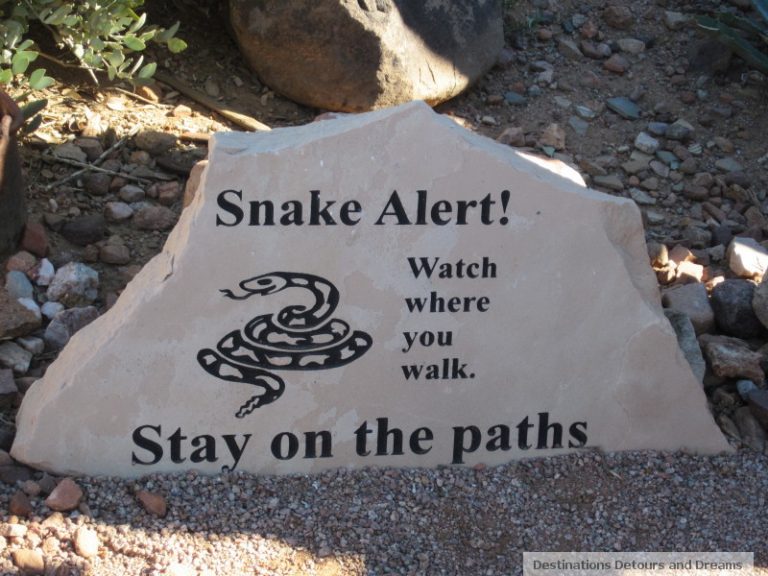
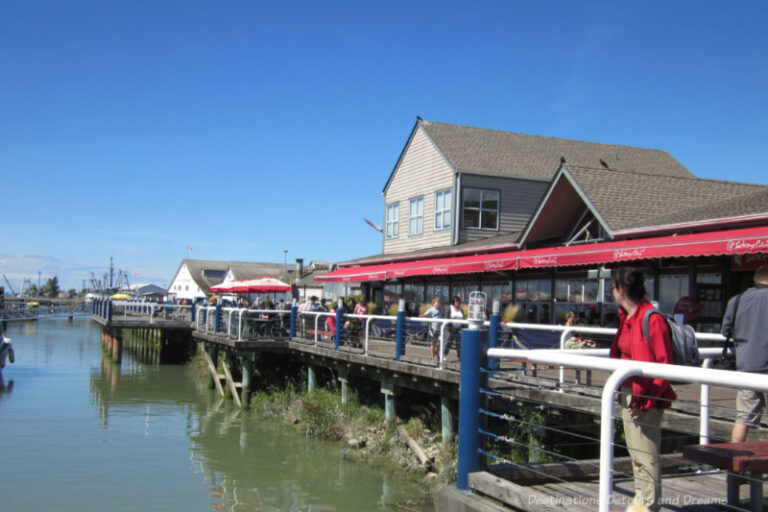
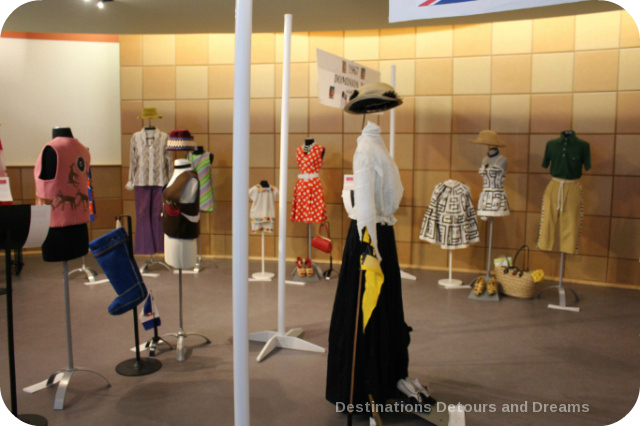
Interesting way to run a museum. Guess it saves a lot on overhead.